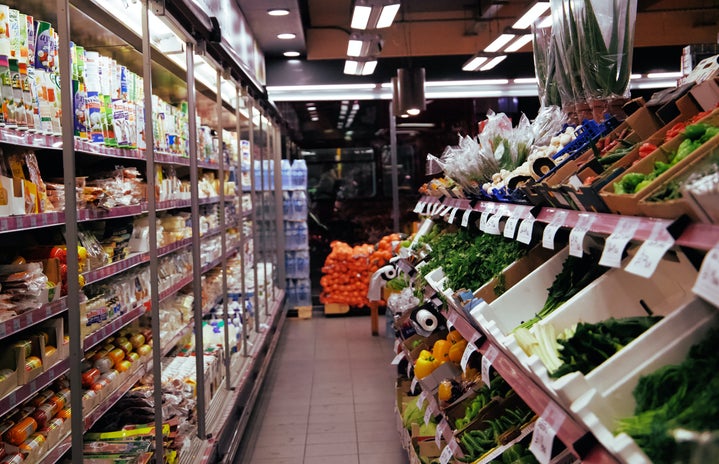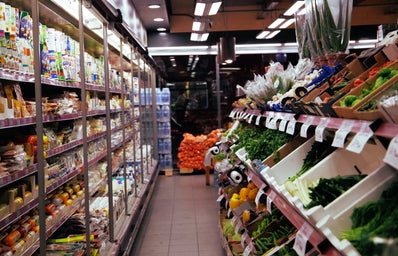With the new emphasis on healthy eating and the overwhelming abundance of health advice available online, starting and maintaining a healthy diet has become something that a large portion of the population are attempting to do for the first time ever. This is a wonderful thing! Healthy and mindful eating habits are always good things to try and maintain, but this doesn’t mean that it’s an easy thing to do.
While for some people, healthy eating is just a matter of going to their local grocery store and picking up a surplus of fruits, veggies and whole grains, others may face more struggles when it comes to actually finding healthy options.
This is where the concept of “food deserts” comes into play. A food desert is an area in which the people living there may struggle to find healthy options, as large supermarkets with abundant produce sections and farmers markets where people can sell their goods tend to be uncommon. Fast food locations, gas stations and cheaper corner stores take precedence in these areas and are the easiest food options available for people to purchase.
Unsurprisingly, as many things are, this is a racial issue as well as a class one. Many studies have been done on the topic of food deserts, and Black neighborhoods tend to fall into the classification of a food desert more frequently than white neighborhoods do. The two largest contributing factors to an area being a food desert is whether the neighborhood is low-income or if it has a high percentage of Black residents living within it.

There have been multiple studies conducted on this matter, and one that focused on North/Central Brooklyn and East/Central Harlem found that Black neighborhoods have a lower percentage of bodegas/general stores that offered healthy produce options, as well as those same neighborhoods having easier access to multiple fast-food chains in the surrounding location. This trend doesn’t only exist in New York and has been found in various other states with similar results to the aforementioned study.
To put it simply, Black neighborhoods are more likely to be discriminated against when it comes to healthy food retailers setting up shop, such as supermarkets and local grocery stores, and are more likely to deal with dietary insecurities because of this.
This leads to a massive amount of health issues in the affected communities. As most people tend to not want to drive miles and miles to find a grocery store, they will resort to using the closer options, and this leads to a greater level of obesity in the areas that can be classified as a food desert. This obesity is caused by the high levels of saturated fats and sugars that are in the available foods, as well as the high level of carbohydrates in comparison to the other things, such as protein and overall nutrients.
This difficulty in finding healthy foods can lead to a lifetime of health problems. So, while healthy eating is something that everyone should attempt to maintain, it is more of a struggle for Black people in America simply due to the fact that, for a large portion of the population, it’s difficult to even find a location near their homes where healthy foods are sold.



